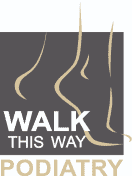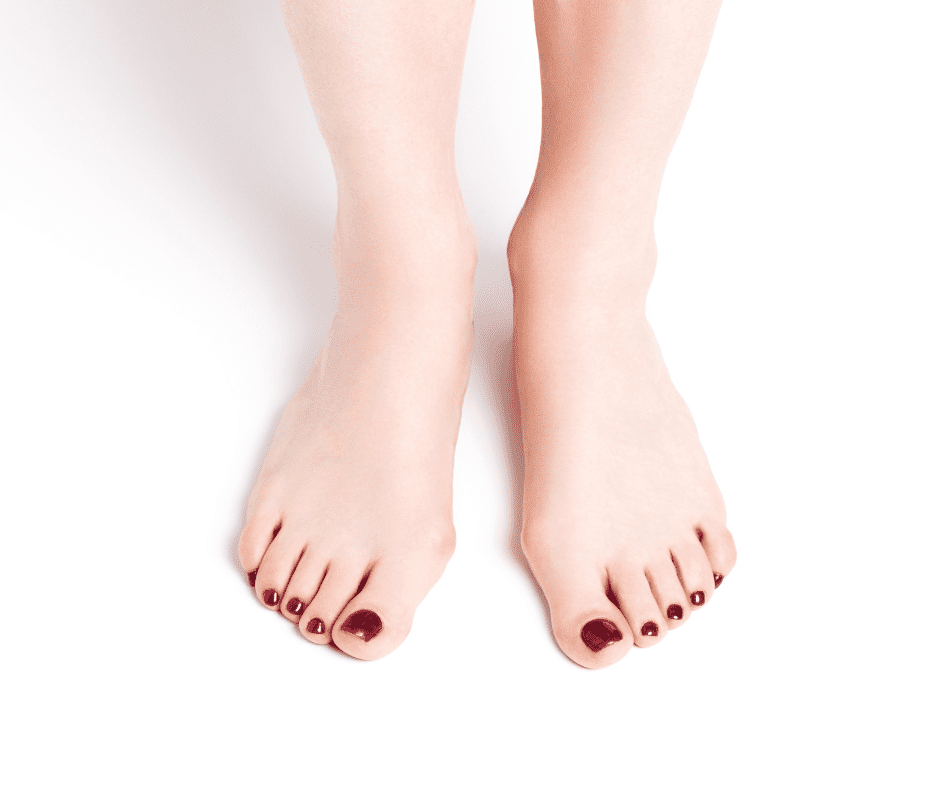Bunions are not pretty, we all know that. They not only can make you feel like hiding your feet forever but also they can cause a great deal of discomfort. Up to 14 million people in the UK alone suffer from bunions, making them one of our biggest body bugbears. But what are bunions exactly?
A bunion is a misaligned toe joint which appears as a protruding bony bump at the base of your big toe. It occurs when the bones move out of place, causing your big toe to drift towards the neighbouring toe, forcing a misalignment of the joint. This shift can become so severe that the two toes overlap. As bunions worsen, they may hurt and get swollen or irritated and affect your toes’ mobility. They can also lead to other foot problems such as hammer toes, corns and chronic foot pain.
However, a bunion is far more complicated than a visible lump on the foot and can cause acute chronic pain and difficulty when wearing footwear.
If you suffer from bunions and experience discomfort, this may be due to a number of possible reasons. For some, bunion pain can be the result of poor function of the joint or nerve entrapment, whilst for others, the pain is linked to the pressure of shoes on the protruding bump and surrounding skin and toenails. You can learn more about what causes bunions here.
Unfortunately, you cannot stop a bunion from forming as they’re usually a genetic condition, meaning that they are the result of an inherited problem with the structure or anatomy of your foot. So, if you have relatives with bunions, the chances are you may get them too. Having low arches, flat feet, or loose joints can also contribute to the development of bunions.
You can, however, slow the bunion’s growth and prevent them from deterioration with a series of simple measures.
Wearing the right footwear
When it comes to bunions, the shoes you wear play an important role in reducing the risk of developing them, especially if this is a condition that runs in your family, and slowing down their growth.
We would advise you choose footwear with sufficient width and depth in the toe box so that your toes are not pushed inward and you can wiggle them comfortably. This will ensure that there isn’t any pressure on the joints at the sides of your feet. The heel’s height should be lower than two inches (five centimetres), so your feet aren’t pushed forwards, placing stress on your toes. When possible, try to wear footwear with adjustable fastenings, such as laces, that hold your feet comfortably inside your shoe. Selecting shoes that are made of soft leather to stretch and give naturally with your walking motion, and shoes with good arch support can also be effective to prevent bunions. And finally, keep your high heels and pointy shoes strictly for special occasions, this will make them even more special when you get to wear them.
Stretching and strengthening exercises
Although exercising the feet won’t get rid of bunions, it can help relieve symptoms and keep your foot flexible. Exercise helps build the strength of the small muscles in your feet, which can take the strain off the toes, delaying or stopping problems the condition getting worse.
Avoiding ill-fitting shoes during puberty, pregnancy and menopause
Women are more susceptible to developing bunions during puberty, pregnancy and menopause. This is because hormonal changes loosen the ligaments and flatten the feet. It’s important to be mindful of the type of shoes you frequently wear during these phases to prevent joint misalignment.
Most importantly, make sure you take care for your feet. They carry you everywhere, every day, so show them some love by pampering them from time to time. Give them a relaxing bath when they are tired or sore, moisturise them, so that they don’t get too dry or put them up and rest them at the end of a long day.
The better you take care of your feet, the less likely it is that you will get bunions or other problems. If you would like to find out more on how we can help you manage and prevent bunions, contact us here.








